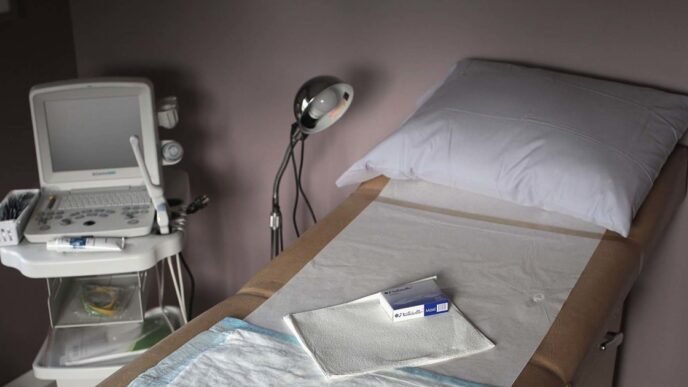On Tuesday, New York City will hold prim elections for mayor and other local offices. It will be the second time the city is using “ranked choice voting” to select the Democratic and Republican nominees for its top office. Under New York City’s ranked choice rules, rather than cast their votes for just their top candidates, voters can rank as many as five preferred candidates from first through fifth.
Enabling voters to rank candidates gives them an extra degree of input in a prim, but it also requires ranked choice ballots to be more complicated. In a typical non-ranked choice election, candidates have single buttons or bubbles next to their names on the ballot. In a ranked choice election, voters need the ability to select candidates as their first, second, third, etc. choices. On New York’s Democratic mayoral ballot this year, that translates into 60 bubbles, spread across 12 rows and five columns.













